"Mormonism in Pictures” is a photo essay feature from MormonNewsroom.org depicting The Church of Jesus Christ of Latter-day Saints and its members around the world. Today we feature photos, many historical, of tabernacles Mormon pioneers built in the early days of the Church.
The Church of Jesus Christ of Latter-day Saints is known for its houses of worship: temples, tabernacles and meetinghouses. While each of these is different in purpose, they serve to help individuals come closer to God in various ways.
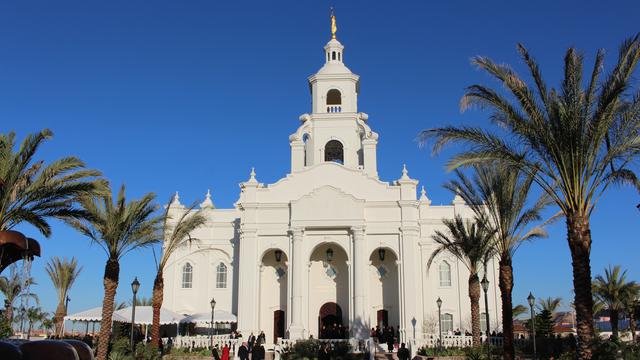
Tijuana Mexico Temple
To Mormons, temples, of which there will soon be 150 in operation, are the most sacred places on earth and are used for the highest sacraments of the faith — including the special marriages that, in Mormon belief, unite a couple and their children for eternity.
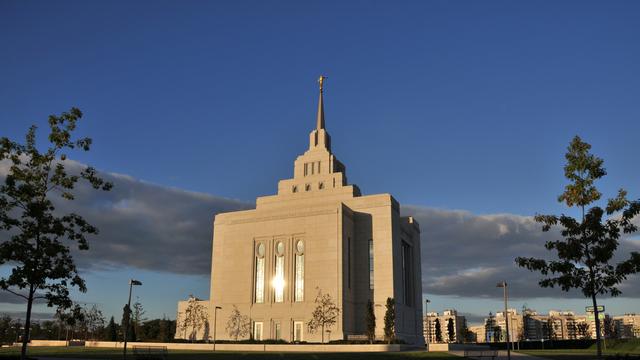
Kyiv Ukraine Temple
Latter-day Saints believe temples are “houses of the Lord.” Once a temple is dedicated for use, only devout members of the Church who observe the basic principles of the faith may enter.
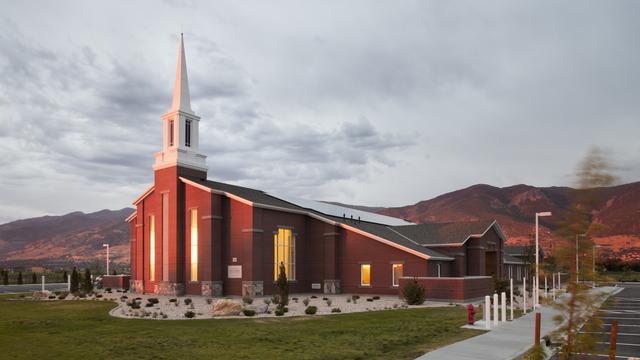
Farmington, Utah meetinghouse
Thousands of meetinghouses have been built to accommodate the rising 15 million membership around the world.
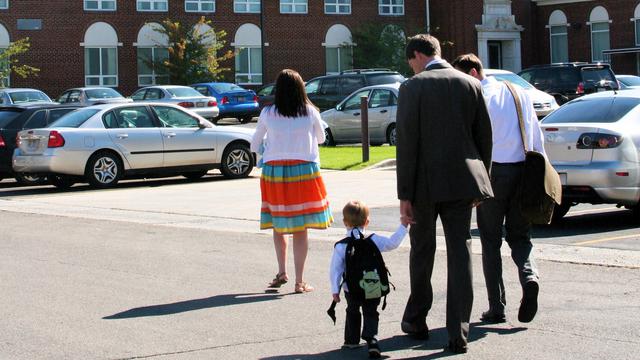
Unlike temples, meetinghouses are open to the general public throughout the week for various activities and meetings. All visitors are welcome to participate in the Sunday worship service to learn more about the teachings of Jesus Christ.
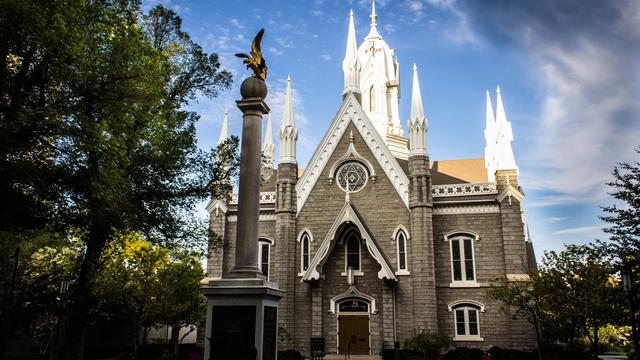
Assembly Hall on Temple Square
Latter-day Saints called their meetinghouses a variety of things in the 19th-century. Tabernacle, one of these variations are among the finest historic examples of Latter-day Saint architecture. These tabernacles are used not only for Sunday worship services, but are community gathering places as well. Tabernacles often host public events such as concerts, school graduations, choral programs, lectures and funerals. Tabernacles and other examples of 19th-century meetinghouses were largely replaced by contemporary meetinghouses starting in the 1960s. These historic meetinghouses have become material expressions of Mormon faith and pioneer ingenuity.
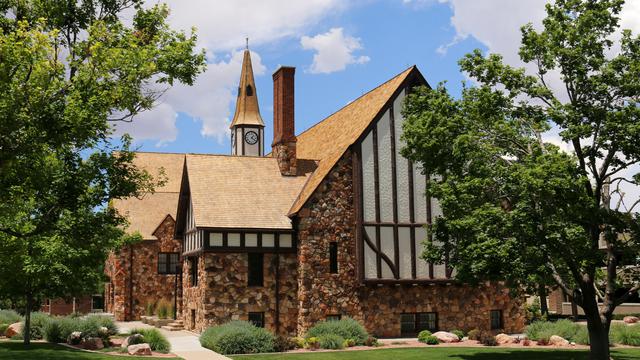
Cedar City, Utah meetinghouse
Tabernacles were built from the 1840s through the 1950s in large and small Latter-day Saint communities around the world.
Kanesville Tabernacle
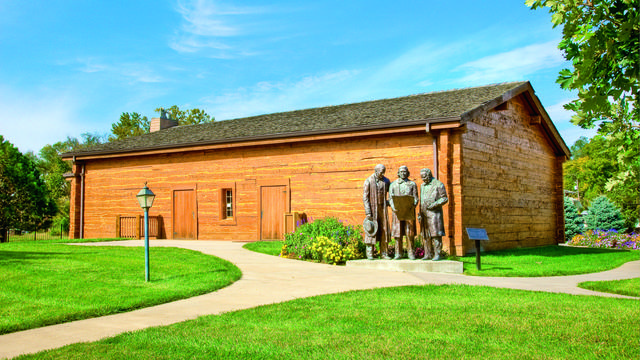
The Kanesville Tabernacle was among the first tabernacles built by Latter-day Saints. It was constructed by about 200 Latter-day Saints in just two and a half weeks. Once it was completed, Brigham Young was sustained as the second prophet and president of The Church of Jesus Christ of Latter-day Saints in the new tabernacle.
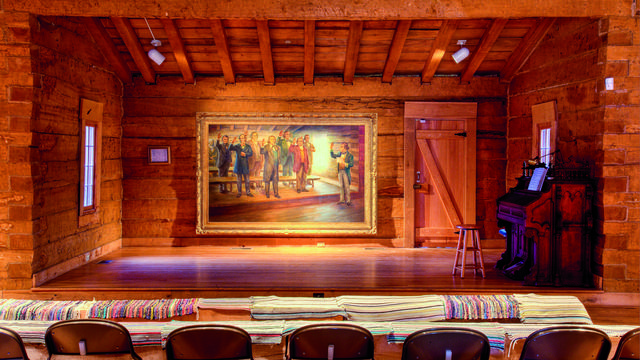
The present log tabernacle is a replica of the original meeting hall. The tabernacle now serves as a Church visitors’ center.
Provo Tabernacle
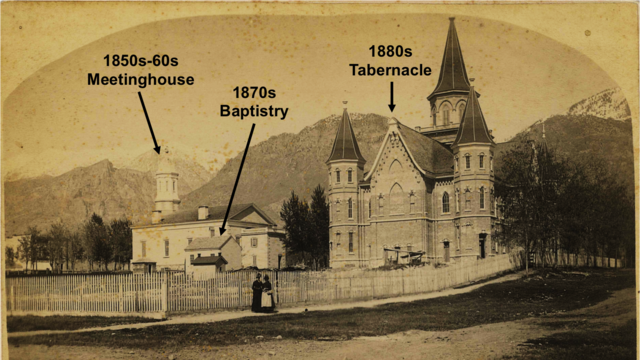
Plans for the first meetinghouse in Provo began in 1852, though ground wasn't broken until four years later. The tabernacle was dedicated on August 24, 1867, and 52 years later the building was razed. The larger, more permanent tabernacle had already been built, and it was dedicated in 1898.
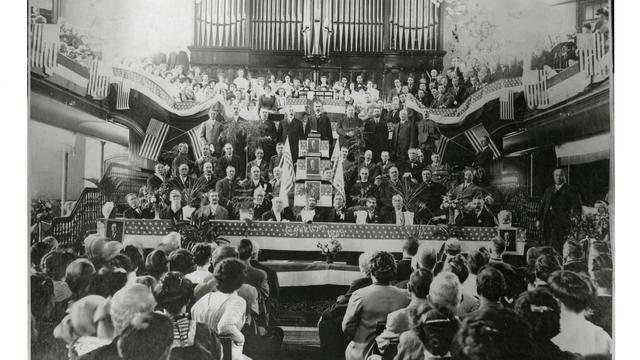
The Provo Tabernacle was a community icon for the city of Provo. Two general conferences of the Church were held there. U.S. President William H. Taft spoke, as did countless civic and Church leaders and local residents. High school graduations, concerts and special events were held. It was renovated and upgraded several times — the last time in 1986, after which President Thomas S. Monson, then a counselor in the First Presidency of the Church, rededicated the building.
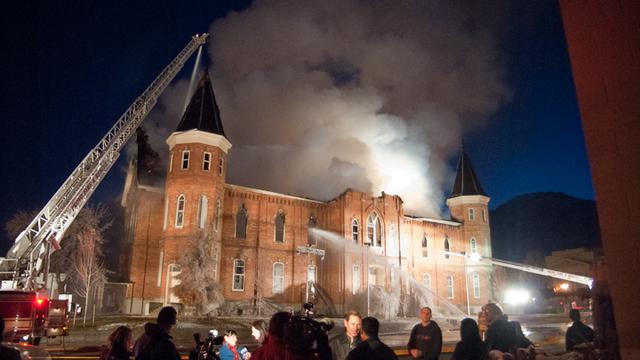
In the wee hours of the morning on a snowy December 17, 2010, a four-alarm fire broke out and gutted the historical building, leaving only a shell of what it used to be. After much prayer, discussion, consultation and study regarding the building’s remains, President Monson announced to a happily surprised October 2011 general conference congregation that the Provo City Center Temple would be built.

The Provo City Center Temple will be the Church’s 150th operating temple in the world and the 16th in the state of Utah when it is dedicated on Sunday, March 20, 2016.
Ogden Tabernacle
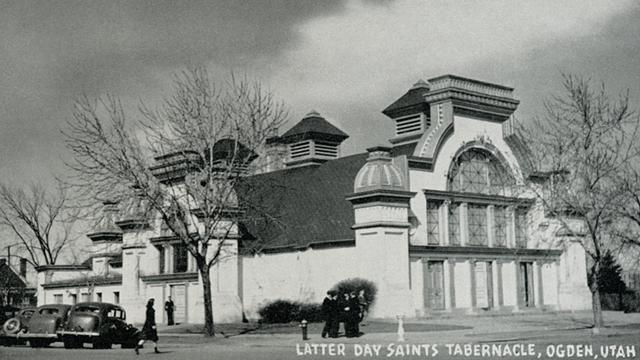
The Weber Stake Tabernacle was later known as the Ogden Pioneer Tabernacle. This photograph was printed on a postcard published by Ogden News Company in about 1940. The tabernacle was originally built in the 1850s; the cupolas and decorative entrances were added in 1896. The building had been used as the local genealogical library, but it was razed in 1971 to build the Ogden Utah Temple, which was dedicated in 1972.

The last tabernacle built by the Church was constructed in Ogden in 1956. The building was constructed with modern techniques and materials of steel and concrete and reflects modern architectural styles.
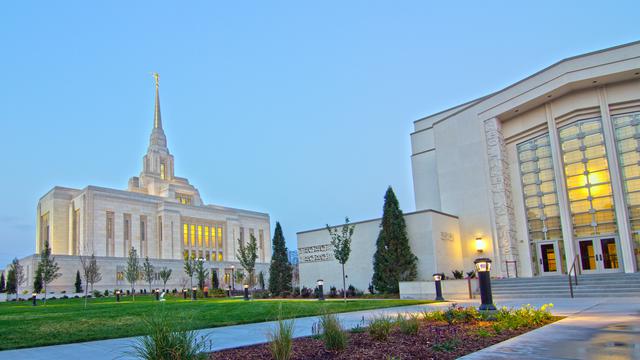
In 2010, the Church announced that the Ogden Temple, nearly 40 years old, would be remodeled and the exterior would be architecturally changed. The 58-year-old tabernacle was remodeled at the same time the Ogden Temple was built, and both were rededicated by President Thomas S. Monson in September 2014.
Bountiful Tabernacle
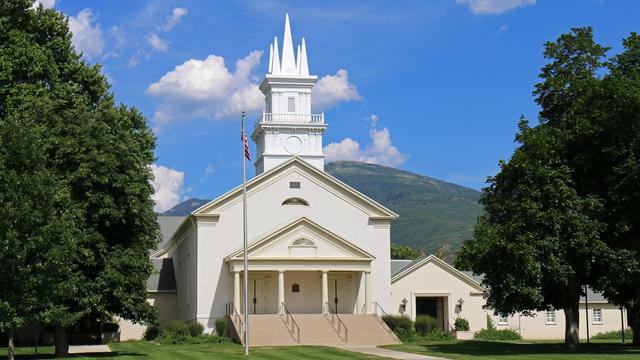
Just north of Salt Lake City is the community of Bountiful. In 1857, construction started on the Bountiful Tabernacle, and in 1863 it was completed and dedicated by President Heber C. Kimball, then first counselor in the First Presidency of the Church. The Greek revival building was designed by Augustus Farnham, a Massachusetts convert to the Church in 1843 and missionary to Australia. The Bountiful Tabernacle was his most significant work, and it became known worldwide. The building is listed on the U.S. National Register of Historic Places.
St. George Tabernacle
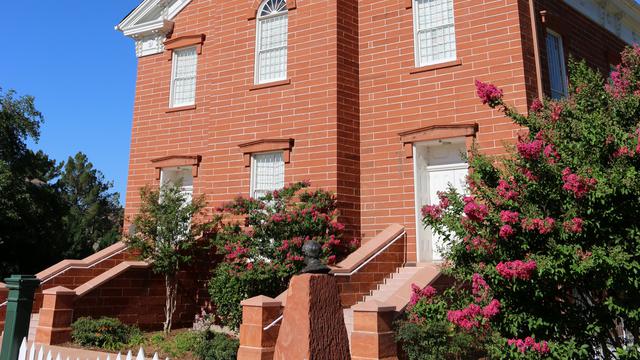
The St. George Tabernacle was designed to be more than a place for Latter-day Saints to worship. It was and still is a gathering place for the community. It opened in 1876 to serve as a public works building, originally hosting Church services.

Today, it is open to the public and hosts many public events, such as concerts. The tabernacle earned the nickname “jewel of the desert.”
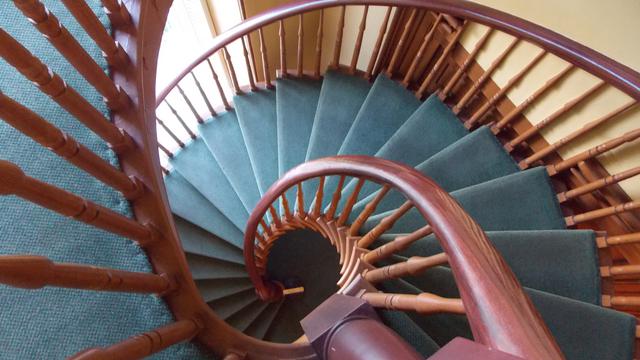
Inside, ceilings rise 29 feet high with a plaster cornice, supported by 20 columns. A balcony was built 10 feet off the ground on the north, south and east walls, with two circular staircases serving the east end. The main clock and bell tower stands 140 feet tall. The red sandstone used to construct the building was quarried from the nearby hills.
Salt Lake Tabernacle
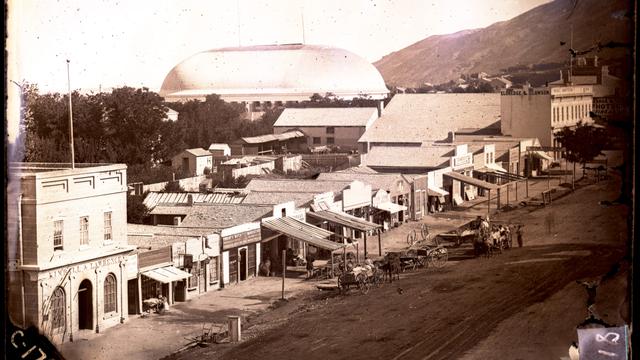
Salt Lake Tabernacle in about 1868
About 300 miles away from St. George to the north is Salt Lake City. The Mormon pioneers, with President Brigham Young as the Church’s leader, arrived here in 1847.
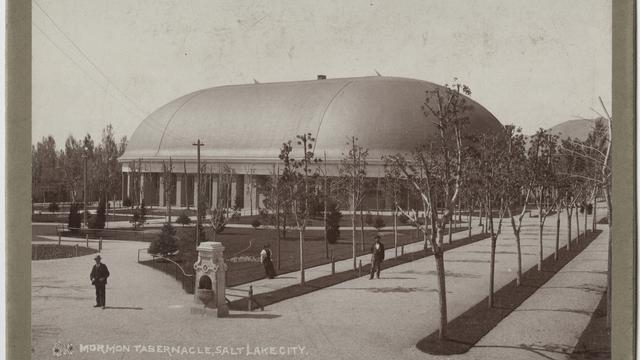
1894 on Temple Square
The Tabernacle was completed in 1867 and is one of the city’s most recognizable buildings; it stands next to the other highly recognizable religious edifice, the Salt Lake Temple.
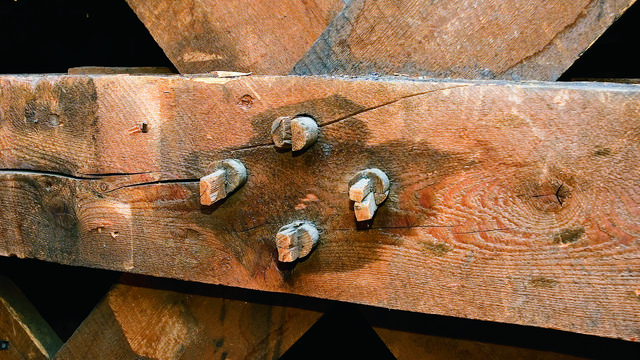
Wooden pegs in the attic of the Salt Lake Tabernacle
One of the interesting aspects of the Tabernacle is how the roof was constructed. Enjoy a tour of the attic in this link, Salt Lake Tabernacle tour of the attic.
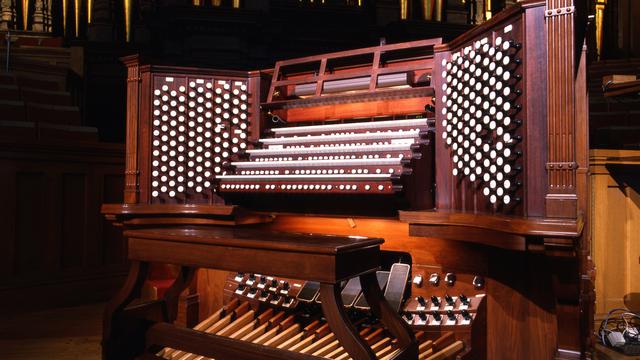
Tabernacle Organ
Inside the Tabernacle is the world-famous organ, which, at the hands of skilled musicians, accompanies the world famous Mormon Tabernacle Choir.
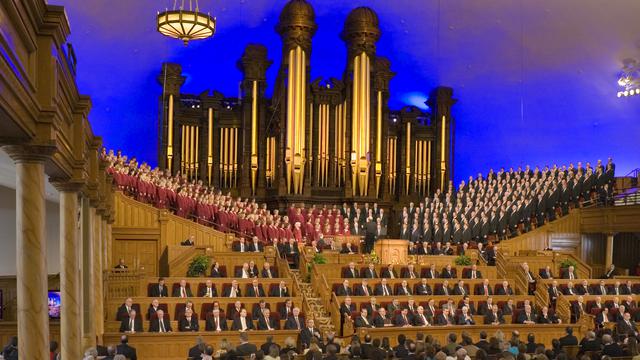
General Conference, April 2007
Hundreds of meetings of the Church’s general conference have been held in the Tabernacle, and presidents of the United States have spoken from its pulpit. Each Sunday the historical building is home to Music and the Spoken Word, the longest running radio broadcast in the U.S. which features the Mormon Tabernacle Choir. With the addition of television, more than 4,500 broadcasts have been heard and seen since the program began on July 15, 1929.

Scaffolding spanned the interior of the Tabernacle during the renovation from 2005 to 2007
In 2005, the Tabernacle closed for two years for a seismic upgrade and building restoration. The Tabernacle reopened in 2007 with a number of improvements. One session of the April 2007 general conference was held in the newly refurbished Tabernacle.
Further north in Utah, two more tabernacles were completed in Brigham City and Logan.
Brigham City Tabernacle
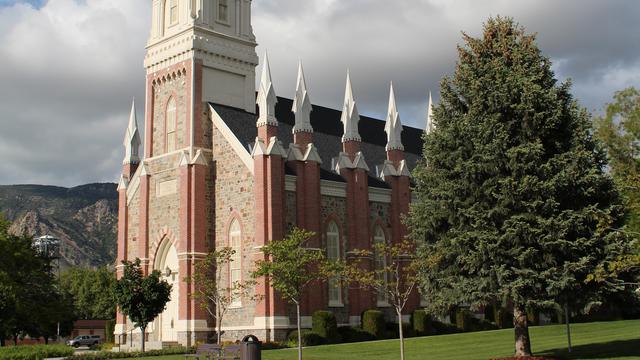
The site for the Brigham City Tabernacle was chosen by Church President Brigham Young, who after visiting a different site selected by local Church officers, went atop Sagebrush Hill, the highest point along Main Street, and reportedly stated, “This is the spot for your tabernacle.”
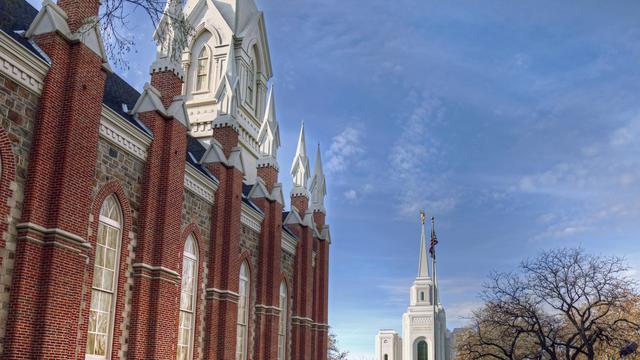
On May 8, 1865, President Young assisted in laying the cornerstone for the tabernacle. In about 1880 meetings began to be held in a somewhat incomplete structure. In 1889, it was decided to complete the building by adding a tower, balcony, rear vestibule, capped brick buttresses and other improvements. The tabernacle was completed and dedicated on October 28, 1890, by President Young's successor, President Wilford Woodruff. After a major fire gutted the building in 1896, the structure was rebuilt and rededicated in 1897.
On September 23, 2012, the Brigham City Utah Temple was dedicated across the street from the tabernacle.
Logan Tabernacle
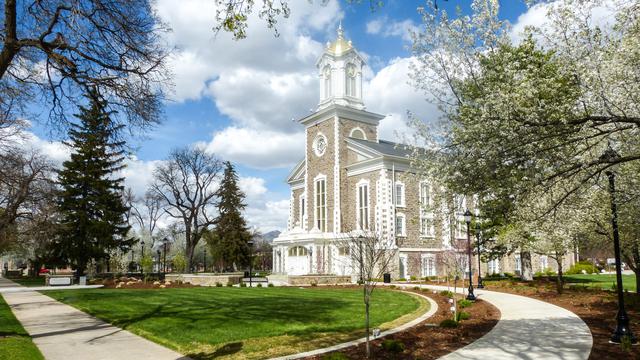
Construction on the Logan Tabernacle was started in 1865 and took 27 years to complete. During that time, work was delayed twice. In 1873, work paused for new plans to enlarge the size of the building. The second delay came in 1877 after workers completed the exterior walls and moved from the tabernacle to finish the nearby Logan Temple. It was dedicated in 1891 by Church President Wilford Woodruff.

The first organ for the Logan Tabernacle arrived from Louisville, Kentucky, in 1908. Many additions and improvements have been made since then, including electrifying the organ in 1953. The instrument currently comprises 44 pipe ranks and some 2,850 individual pipes controlled by a three-manual and pedal console.
Manti Tabernacle
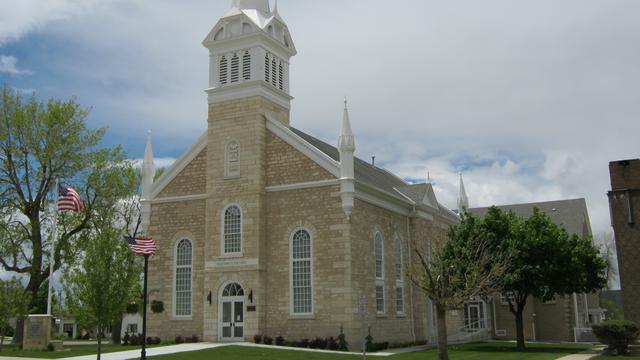
The Manti Tabernacle was built by local Church members and was in use by the 1880s. However, finishing work on the building was delayed for more than a decade. The building was finally dedicated by LDS Church President Joseph F. Smith in 1903. The main chapel has a 30-foot high ceiling and a tall central tower topped by a Victorian steeple.
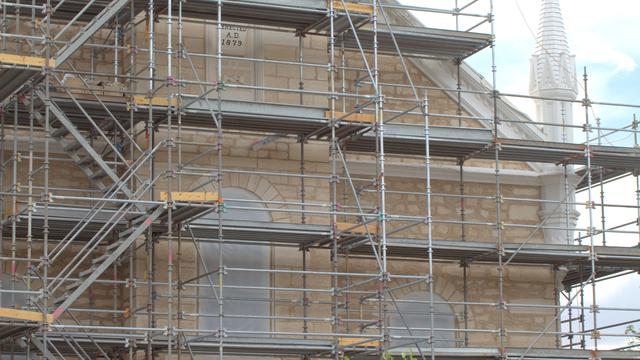
In 2014, the Church embarked on a project to preserve the tabernacle. You can read about it at
"Preservation Project on Manti Tabernacle Offers Rare Look at Pioneer Craftsmanship."
Paris Idaho Tabernacle
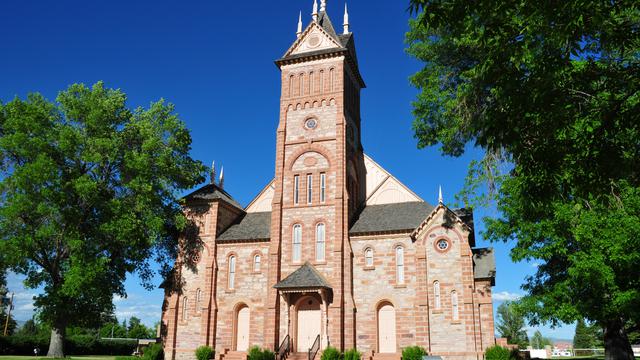
The Paris Idaho Tabernacle, located north of Bear Lake, was dedicated September 15, 1889, by Church President Wilford Woodruff.
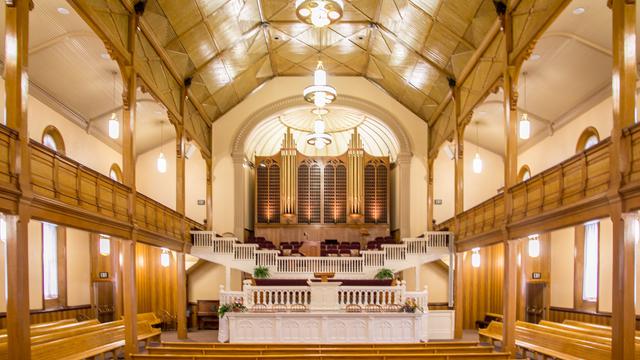
It cost $50,000 to build the tabernacle originally, and it seated around 2,000 people. The tabernacle was added to the National Register of Historic Places in 1972.
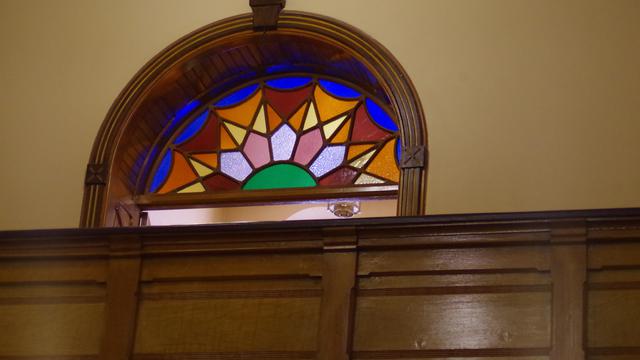
The tabernacle was most recently refurbished in 2004–2005 and continues to operate as a meeting place for the Bear Lake Idaho Stake congregations and community.
Uintah Stake Tabernacle
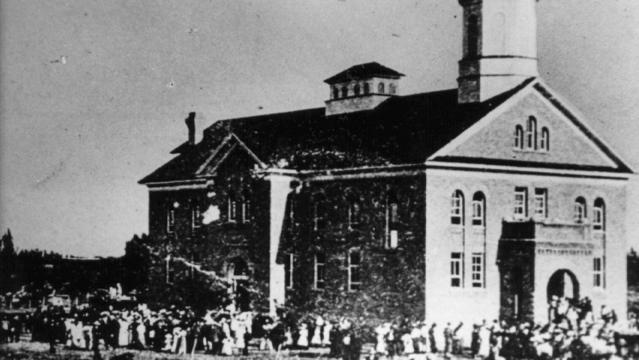
The Uintah Stake Tabernacle, located in eastern Utah in Vernal, was completed in 1900 and dedicated in 1907 by Church President Joseph F. Smith. The tabernacle, built through the sacrifices of the Mormon pioneers, served the Latter-day Saints for many years.
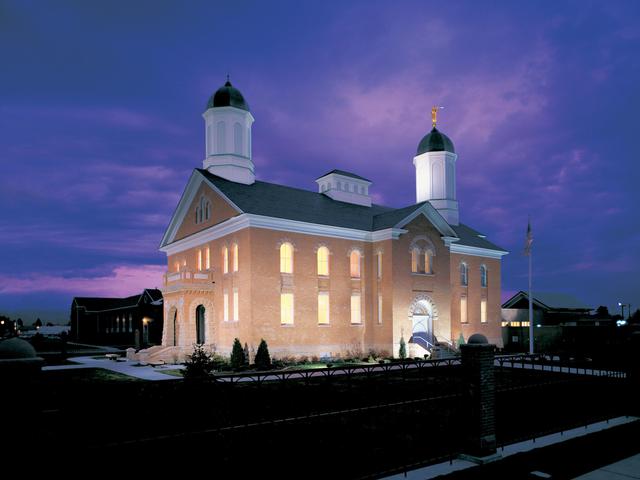
The Vernal Temple was built inside the exterior shell of the original 1907 structure and was dedicated in 1997 by President Gordon B. Hinckley.
Honolulu Hawaii Tabernacle
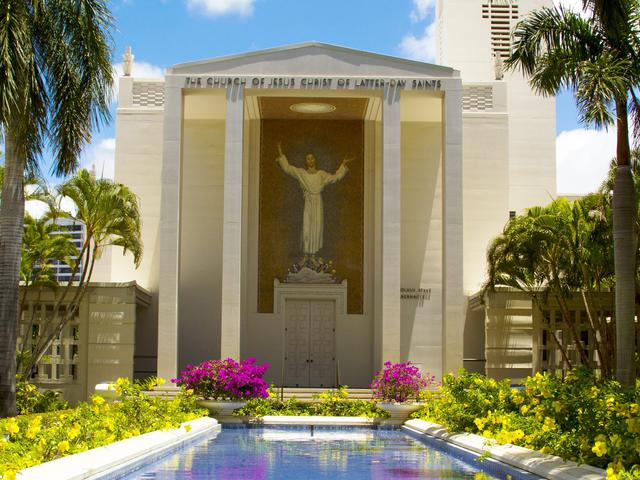
The Honolulu Hawaii Tabernacle is labeled as the "last of its kind" to be built and is located on the island of Oahu.

The structure, with the second highest steeple in the area and a light on top, was completed in 1941, nearly four months before Pearl Harbor was bombed. According to Emeritus Seventy Elder David E. Sorensen, during the dedicatory prayer on August 17, 1941, President David O. McKay, then second counselor in the First Presidency, “blessed the tabernacle that it would not suffer any war-related damage.” The tabernacle was never damaged on that fateful December 7, 1941, day.
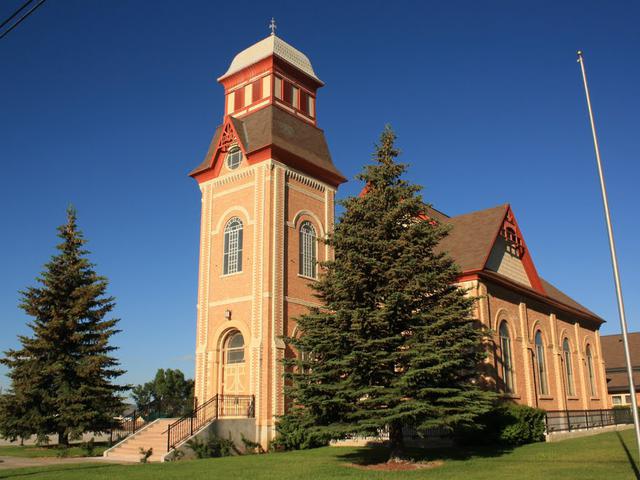
Randolph Utah Tabernacle
There are many other historical tabernacles located in Utah, California, Idaho, Arizona and Wyoming — each constructed with pioneer craftsmanship and sacrifice by people who were determined to give their best to God and His Son, Jesus Christ.